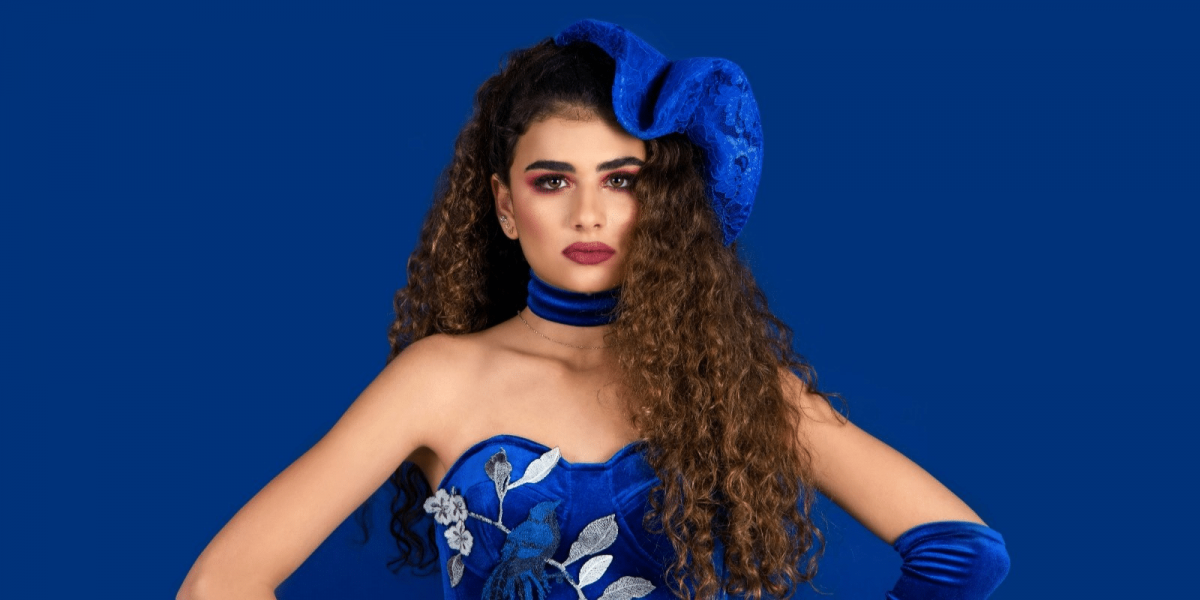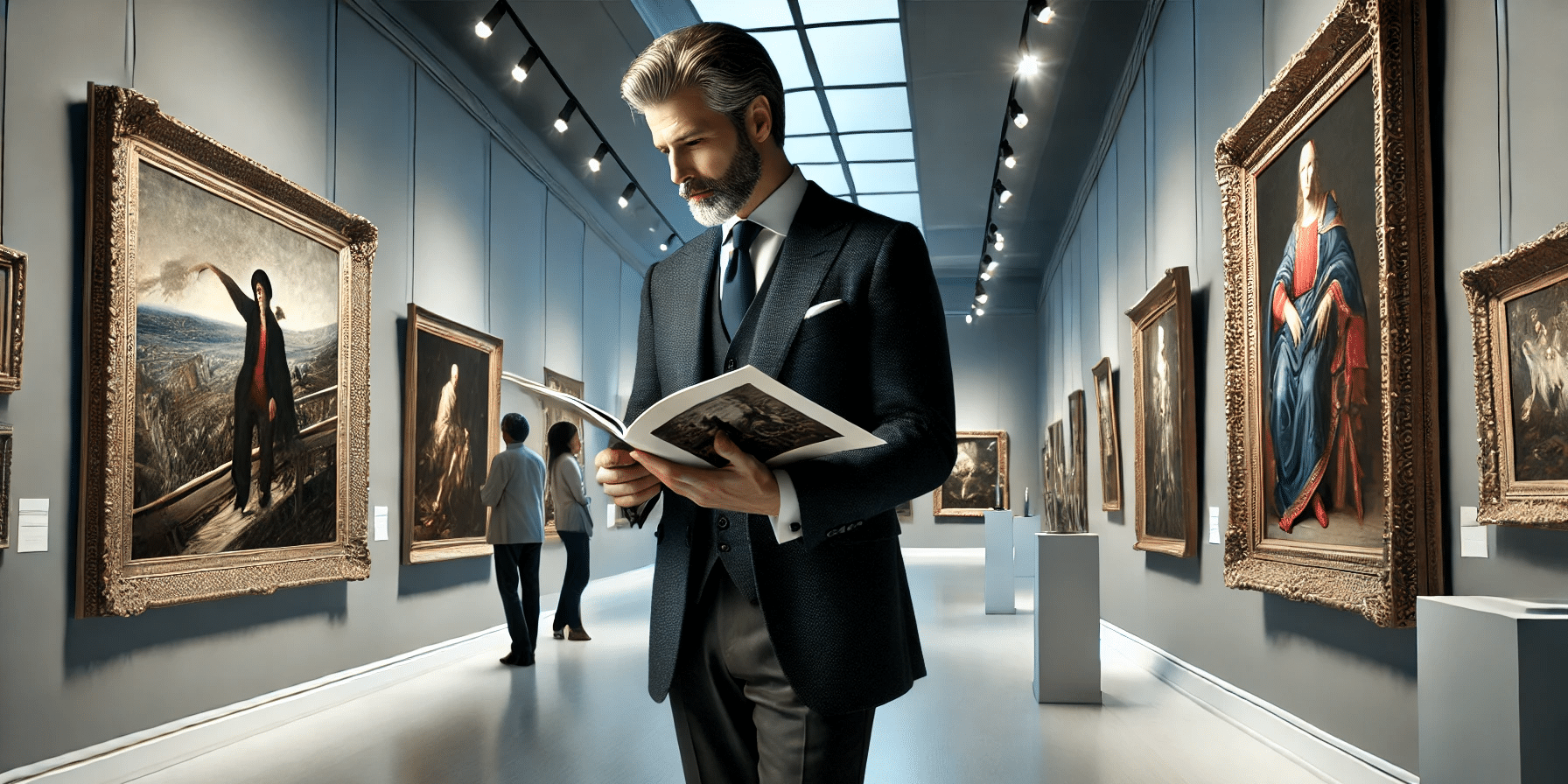Blue is a color that holds a special place in the spectrum of human emotions and symbolism. From serene skies to deep oceans, blue surrounds us in nature and influences our perceptions and moods in profound ways. In this article, we’ll delve into the significance of the color blue and the mood it represents, uncovering its meanings across different cultures, contexts, and psychological interpretations.
The Calming and Tranquil Nature of Blue
Blue is often associated with feelings of calmness, serenity, and tranquility. Just as gazing at the vast expanse of a clear blue sky or the gentle ripples of a calm ocean can evoke a sense of peace and relaxation, the color blue has a similar effect on our psyche. Studies have shown that exposure to the color blue can lower blood pressure, reduce stress levels, and promote a sense of overall well-being. Whether it’s the soothing blue walls of a bedroom or the soft glow of blue lighting in a spa, the color blue has the power to create a tranquil and harmonious atmosphere that fosters relaxation and rejuvenation.
Symbolism and Cultural Meanings
In many cultures around the world, the color blue holds significant symbolic meanings and cultural associations. In ancient Egypt, blue was associated with the sky and the afterlife, symbolizing eternity and divinity. In Hinduism, blue is often associated with the god Krishna, representing love, compassion, and the infinite. In Western cultures, blue is commonly associated with feelings of trust, loyalty, and stability, which is why it’s often used in corporate branding and communication. Additionally, blue is often associated with masculinity, as evidenced by its prevalence in men’s fashion and grooming products. However, it’s important to note that the meanings and associations of the color blue can vary widely depending on individual perceptions and cultural contexts.
Blue in Art and Design
Blue has long been a favorite color among artists and designers for its versatility and emotional impact. From the vibrant blue hues of Vincent van Gogh’s “Starry Night” to the deep cobalt blues of Pablo Picasso’s “Blue Period,” artists have used the color blue to convey a wide range of emotions and themes in their work. In interior design, blue is often used to create a sense of depth and tranquility, making it a popular choice for bedrooms, bathrooms, and living spaces. In fashion, blue is a timeless and versatile color that can be both elegant and casual, making it a staple in wardrobes around the world.
Psychological Effects of Blue
Psychologically, the color blue has been shown to have a number of interesting effects on mood and behavior. Research has found that exposure to the color blue can promote feelings of trust, honesty, and reliability, making it an ideal choice for businesses and brands looking to establish a sense of credibility and authority. Additionally, blue has been found to have a calming effect on the mind and body, making it a popular choice for environments where relaxation and focus are desired, such as bedrooms, offices, and classrooms.
Variations of Blue and Their Meanings
While blue is often associated with feelings of calmness and tranquility, different shades of blue can evoke different emotions and meanings. For example, light blue is often associated with feelings of freshness, clarity, and openness, while dark blue is associated with feelings of depth, stability, and introspection. Turquoise blue is often associated with feelings of creativity, self-expression, and individuality, while navy blue is associated with feelings of professionalism, authority, and sophistication. By understanding the nuances of different shades of blue, artists, designers, and psychologists can leverage the power of color to evoke specific emotions and meanings in their work.
Blue in Language and Expression
In everyday language and expression, the color blue is often used to convey a wide range of emotions and experiences. From feeling “blue” or “down in the dumps” to experiencing a “blue sky” moment of clarity and inspiration, the color blue is deeply ingrained in our collective consciousness as a symbol of emotion and experience. Additionally, blue is often used metaphorically to describe concepts and phenomena that are vast, expansive, or mysterious, such as the “blue yonder” or the “deep blue sea.” By tapping into these cultural and linguistic associations, artists and writers can harness the emotional power of the color blue to create compelling and evocative works of art and literature.
A Deeper Appreciation of the Color Blue
The color blue holds significant symbolic meanings and emotional associations that transcend cultural boundaries and contexts. From its calming and tranquil nature to its symbolic significance in art, design, and language, the color blue plays a central role in shaping our perceptions, emotions, and experiences. By understanding the significance of the color blue and the mood it represents, we can gain a deeper appreciation for its beauty and complexity and harness its power to evoke emotion, inspire creativity, and foster connection in our lives and in the world around us.







